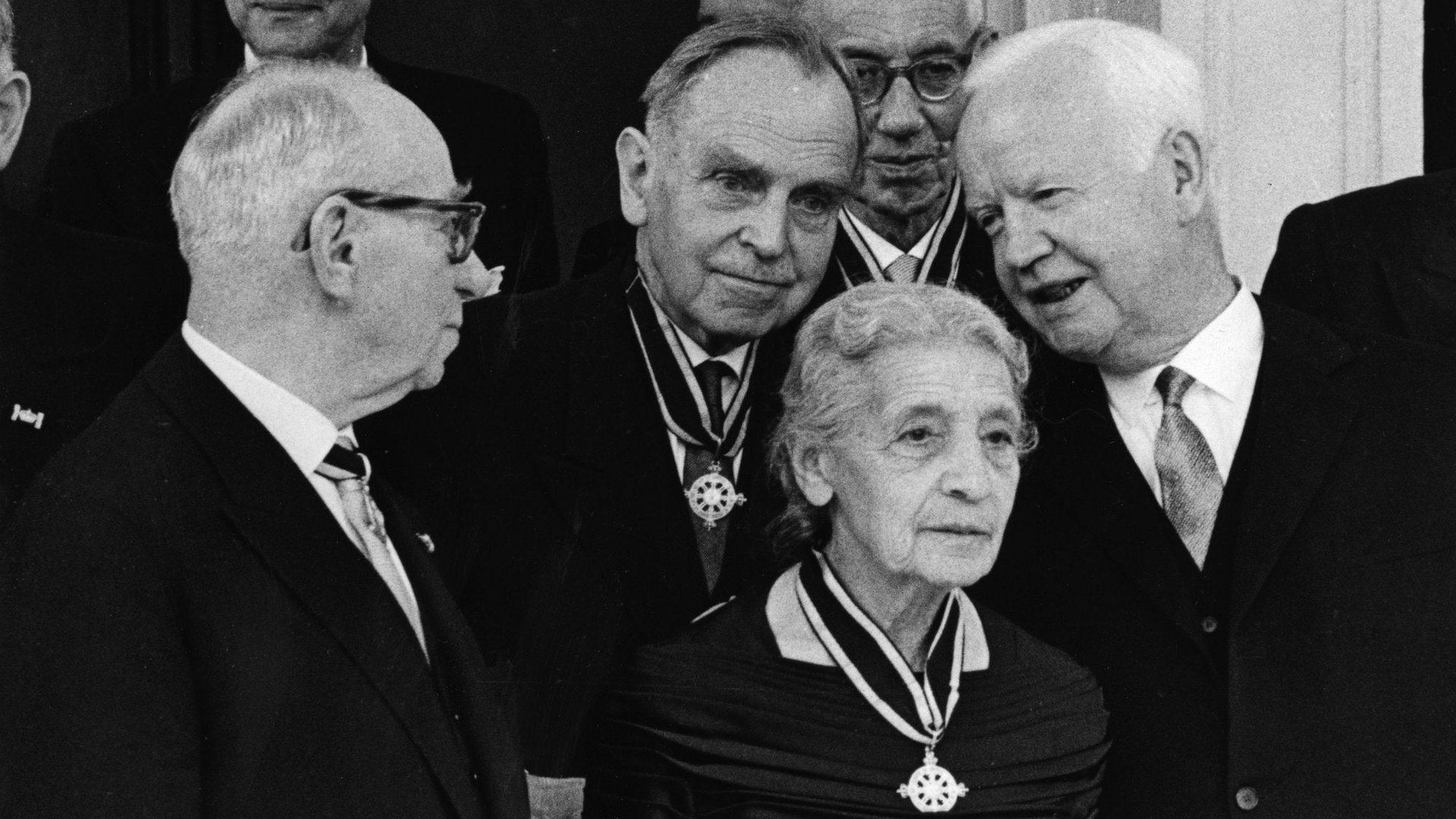”Lest her rather exotic hairstyle result in its catching fire”: How a discoverer of nuclear fission almost lost a lab space
The Austrian-born physicist Lise Meitner co-discovered nuclear fission, the breakdown of an atom’s nucleus into smaller components. It’s the fundamental process in nuclear energy and nuclear warfare (though Meitner refused to pursue any research into weaponizing the science she uncovered). She’s kind of a big deal.


The Austrian-born physicist Lise Meitner co-discovered nuclear fission, the breakdown of an atom’s nucleus into smaller components. It’s the fundamental process in nuclear energy and nuclear warfare (though Meitner refused to pursue any research into weaponizing the science she uncovered). She’s kind of a big deal.
Yet the world may never have heard of her, had a scientist she encountered early in her career gotten his way. When Meitner tried to secure a place in the same Berlin lab as her collaborator Otto Hahn, the lab’s director, Emil Fischer, told her he could not accept female scientists.
Why? Their hair might catch fire.
“He told me his reluctance to accept women students stemmed from his constant worry with a Russian student lest her rather exotic hairstyle result in its catching fire on the Bunsen burner,” Meitner wrote in the Bulletin of the Atomic Scientists in 1964.
Fischer eventually agreed, as long as Meitner promised never to enter the chemistry department, whose Bunsen burners and open flames he deemed a greater fire risk.
It was hardly the last act of sexism she’d encounter. By the late 1930s she was Germany’s first female professor of physics. Yet when she fled to Sweden to escape the Nazis, the scientist running the Stockholm lab where she settled refused to give her equipment or her own set of keys, and paid her an assistant’s salary.
Her exile also allowed Hahn to conveniently omit her name from the nuclear fission research for which he was awarded a Nobel Prize, alone, in 1944.